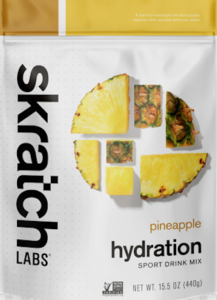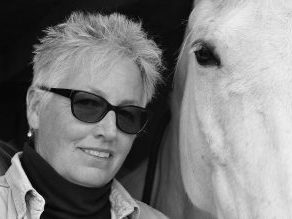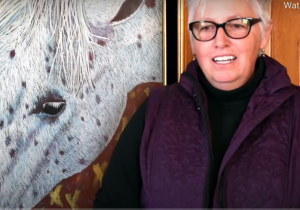In this episode, Jec interviews Anna Blake, a Colorado horsewoman with a popular blog and several volumes of her life with horses, in prose and poetry.
The two focus on calming signals. More on that in a sec, after I mention two terrific sponsors quickly.
Our title sponsor is Lucerne Farms, producers of quality forage feeds. And Lucerne is this fantastic company in northern Maine. And forage is chopped, packaged hay. After hay and grass, it’s pretty much the best alternative. Way wiser than grain. Check them out at Lucerne Farms.com or at your local feed story. Oh, and they will be at the Best Horse Practices Summit, too.
We thank Skratch Labs for their support. Skratch Labs makes drinks and energy bars and chews. They all have less sugar and a bit more sodium than most sports drinks. If you are sweating, which I bet most of us our doing these days, you need to replace your electrolytes. Try the powered sports drinks. Pineapple is my fav. Use ‘besthorse25’ and get 25 percent off.
 So, calming signals. Call me literal and narrow-minded, but I struggle with the definition of calming signals. Does it mean that the horse is giving off signals that indicate calmness? Or is it the opposite? Or is it the human’s body language and what we’re conveying to the horse?
So, calming signals. Call me literal and narrow-minded, but I struggle with the definition of calming signals. Does it mean that the horse is giving off signals that indicate calmness? Or is it the opposite? Or is it the human’s body language and what we’re conveying to the horse?
Turns out Anna is borrowing the term from dog trainer Turid Rugaas. Calming signals describe “the social skills or body language that dogs use to avoid conflict, invite play, and communicate a wide range of information to other dogs.”
“Calming signals in horses are somewhat similar and include looking away, having lateral ears, yawning, stretching down, licking lips or eating in order to calm themselves. Calming cues communicate stress, and at the same time, release stress. It is modeling behavior for us; they want us to drop our stress level or aggressiveness,” she writes.
I would place this episode in the tools for the toolbox category. It’s always good to hear new thoughts on horse-human interactions. If it helps or if we can harmlessly experiment with a new idea, why not? More tools, wider perspectives is always good – unless it makes a big clutter in the toolbox. And by that I mean if we become inconsistent or if our work becomes unpredictable or difficult for our horses to understand, then it’s probably time to declutter or have a better, more honed approach. Mostly, this interview stresses the need to observe. It pays off when we are quiet and listen.
 What do you think?
What do you think?
We thank Kate’s Real Food and Patagonia WorkWear for their continued support. Did you know? All ya gotta do is comment or suggest a podcast topic or send us a training question here and you’ll be automatically qualified for our monthly Patagonia WorkWear giveaway.
Thanks for listening y’all!

This was a great interview, thanks!!